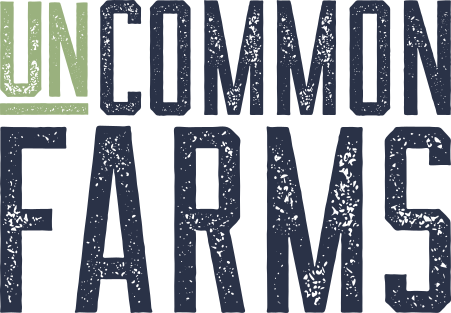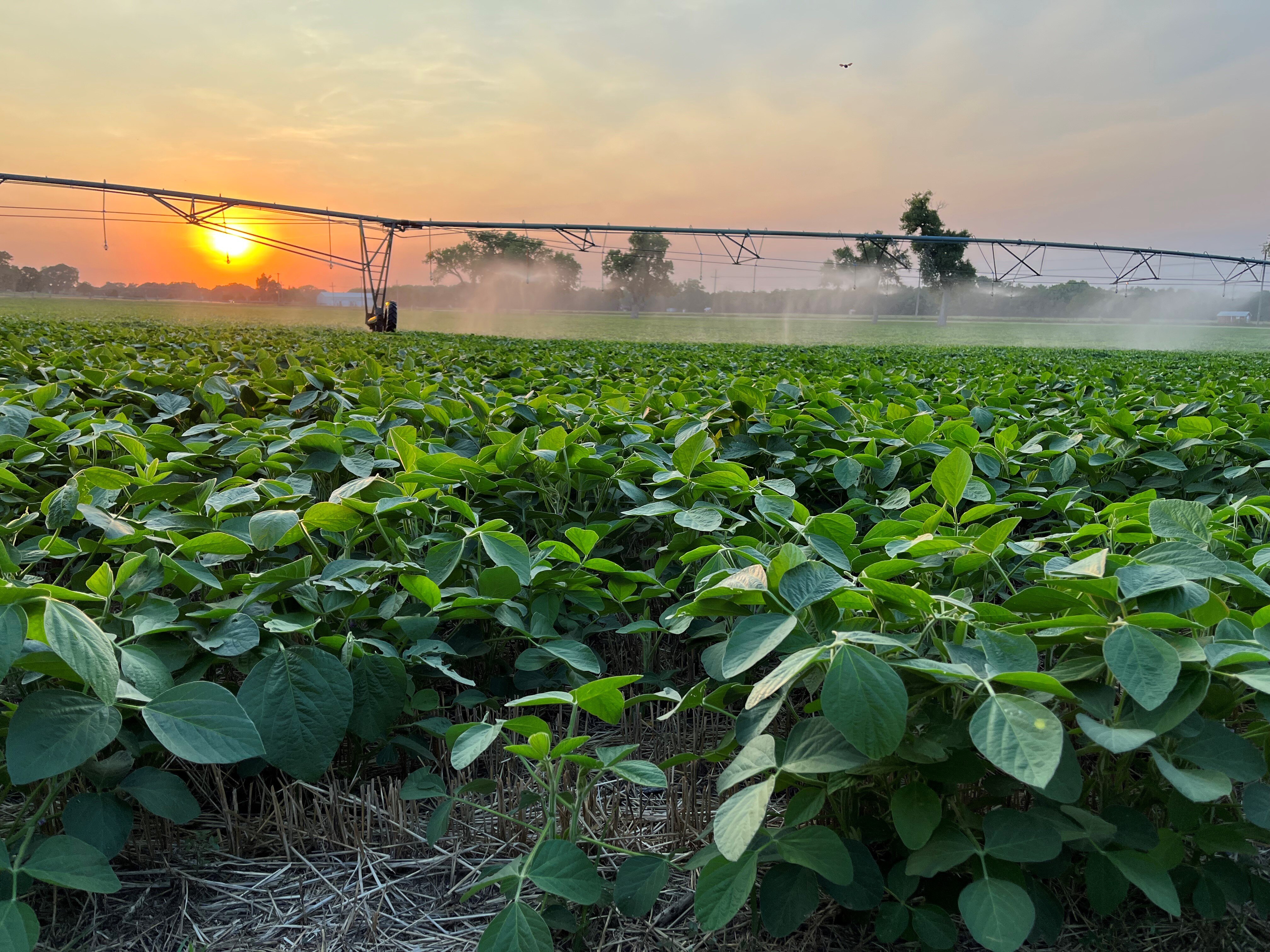One cannot stress enough the importance of capital management for your business. All of the efforts you have invested to produce an operating profit, from your farm’s operation management, can be lost if that operating profit is not managed correctly. This is where capital management comes to the rescue.
Capital Management Defined
To better understand capital management, let's explore its two distinct areas: asset and debt management.
Asset Management
“Assets aren’t pets,” is a phrase that we often mention. While it may be allowable for a pet, regardless of how attractive and comforting the pet may be, to be idle or lazy, a farm business cannot afford to own “lazy assets.” The decision to own assets is a revenue decision. Asset turnover (ATO) is a factor that impacts your business and is a key indicator of asset management. The asset turnover ratio (ATO) measures how many dollars (or cents) in annual revenue is produced by each dollar of asset that the business owns. Assets are purchased for any number of reasons:
- Tax
- Spontaneously (we see it, we purchase it)
- Heritage (we always wanted to own that section of land)
- Perceived family expectations
- Everyone is purchasing certain assets
- Environmental issues
- Risk Management
- Profitability
The reasons for purchasing assets are not as important as the revenue results.
Knowing your ATO’s historical trend over a period of years (i.e. five years) can provide you a scorecard for your asset management. If your ATO trend improves, it is a sign that your asset management is investing in productive, operating type assets. A stable ATO trend is fine as long as you are content with your present results and the business is not experiencing financial difficulty. A declining ATO trend should be a signal to you as the asset manager to investigate the asset purchases and annual revenues to determine the factors involved. Normally an operation should not be content with a declining asset turnover ratio (ATO).
Regardless of the type of entity structure(s) of your business or businesses, it is important to understand what assets are owned and why the assets are owned. We recommend an Asset Classification analysis process placing each asset in one of the following Asset Categories:
- Personal Assets: Assets that have no business purpose. Disposing of these assets would have no effect on the future business revenue.
- Non-Productive Assets: Business assets that are either rarely used or costly relative to the annual revenue they produce.
- Essential Assets: Necessary for the continuation of the business. The business cannot function without these assets, although they produce low (or no) annual revenue.
- Productive Assets: The backbone of a business. Support is provided to operations, owner draws, debt repayments, and new asset purchases from the revenue of these assets.
We recommend this analysis as an annual process. And in addition to the asset classification, rank in what order you would sell the assets
Debt and Equity Management
In most farm businesses, the ownership of assets is directly related to debt management. For certain, if a farming operation is growing, the operating profits generated are rarely sufficient to completely fund the growth of assets while still providing for owner demands, scheduled term debt principal, and interest expenses. Agriculture’s traditional method is borrowing money (debt) to access additional funds for asset purchases. An alternative to using strictly debt financing would be to possibly use a combination of debt financing and equity financing, but Equity Management is a subject for another day.
The purpose of debt is to fund assets. Remember, from the above discussion on asset management, that an Asset’s only purpose is to generate revenue. The revenue generated is converted by the operation management to generate an operating profit. Operating profit’s purpose is to provide funds for owner demands, debt (principal and interest), and add more assets.
An initial debt management discussion will focus on the following questions/factors:
- How much debt is appropriate for your business?
- What is the appropriate working capital position for your business?
In addition to an analysis of debt, debt management also involves topics related to lender communications. One such topic is that you should consider several factors before committing to a lender or when considering the continued relationship with your present lender:
- Is the interest rate reasonable?
- Will the lender be a reliable source of future credit?
- Is my lender committed to agriculture?
- Does my lender understand agriculture and my particular ag business?
- Is the lender large enough to provide adequate funding for my business?
- Will business income (profit) be adequate to pay the interest and principal payments?
Key Takeaways
As stated earlier, it would be difficult to overstate the importance of capital management. All of the efforts invested to produce an operating profit from your farm’s operation management can be lost if that capacity (operating profit) is not managed correctly by capital management.
Since capital management is of significant importance, an annual capital budget is also a recommended process in order to assure that the projected cash flow required for asset, debt, and equity is included in addition to the operating budget (income, cost of goods, expense.)
Need help diving deeper into asset and debt management? The scope of the information presented here is not capable of providing you with an appropriate and complete process and analysis providing answers to the above two questions related to debt management as well as the earlier information on asset management. UnCommon Farms can help train and address asset and debt management utilizing much more comprehensive materials and content.
The professionals at UnCommon Farms are here to help you and your business. Contact us today for a free estimate and deeper look into your operations and profits.



